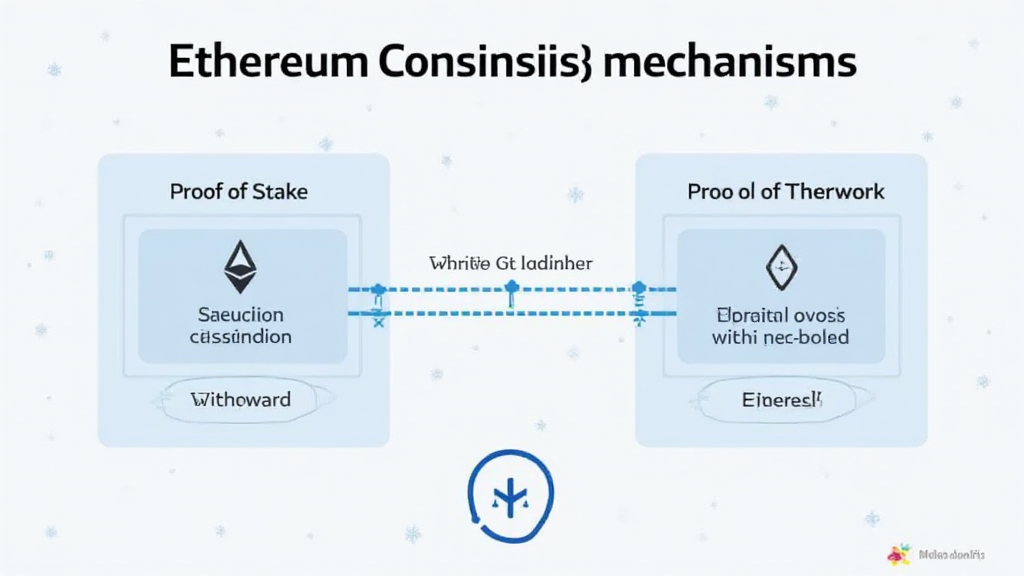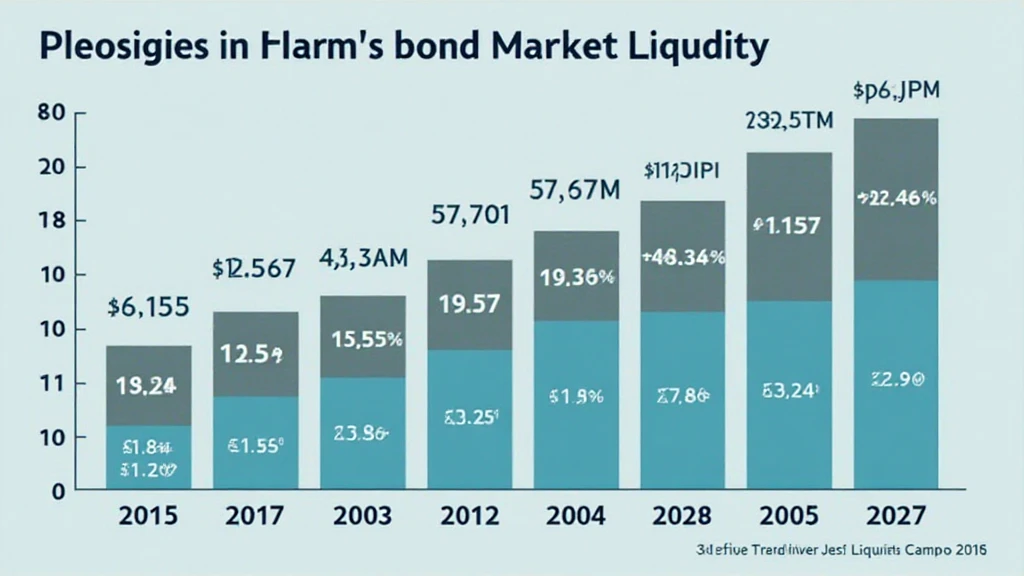Ethereum Consensus: A Deep Dive into Blockchain Reliability
With a staggering $4.1 billion lost to DeFi hacks in 2024, understanding the Ethereum consensus mechanism has never been more crucial for users and developers alike. As Ethereum continues to lead the blockchain space, its consensus protocols shape the reliability and integrity of digital transactions. This article delineates what Ethereum consensus is, how it works, and why it is pivotal for the future of decentralized finance (DeFi) and blockchain technology.
The Fundamentals of Ethereum Consensus Mechanism
At the core of Ethereum’s functionality, the consensus mechanism plays a central role in ensuring all participants in the network agree on the validity of transactions. Let’s break it down:
- Consensus Mechanism Definition
The method by which decentralized networks agree on the current state of the ledger. In Ethereum’s case, it was initially based on Proof of Work (PoW) and has transitioned to Proof of Stake (PoS) with Ethereum 2.0. - Importance
It ensures that all network participants validate and agree on transactions before they are added to the blockchain, thereby preventing double-spending and maintaining trust.
Evolution from Proof of Work to Proof of Stake
Initially, Ethereum utilized Proof of Work (PoW), a mechanism resembling Bitcoin’s model, where miners compete to solve complex mathematical problems to validate transactions. However, PoW has significant drawbacks, including energy consumption and centralization risks. Ethereum’s transition to Proof of Stake (PoS) addresses these issues:

- Energy Efficiency
PoS reduces energy consumption drastically, making it more sustainable. - Increased Security
Miners are replaced by validators who are required to lock a stake of Ether, which discourages malicious activities.
Consensus Mechanism Vulnerabilities
While Ethereum’s PoS offers numerous benefits, it is not devoid of vulnerabilities. Understanding these pitfalls is essential for stakeholders:
- Attack Vectors
Even with PoS, attackers can still attempt to carry out a “long-range attack” if they gain a significant amount of Ether. Vigilance and sophisticated protocol designs are required to mitigate these risks. - Centralization Risk
Large stakeholders can unduly influence the network, making it necessary to implement measures that promote decentralization across various user groups.
Case Studies: Real-World Impact of Ethereum Consensus
Understanding Ethereum’s consensus mechanisms offers insight into its real-world applications. Let’s examine a few case studies:
- Decentralized Finance (DeFi)
Platforms like Uniswap and Aave rely heavily on the security provided by Ethereum’s consensus mechanism to facilitate trustless lending and trading. - Gaming with NFTs
Ethereum’s capability to manage thousands of transactions has turned it into a leading platform for non-fungible tokens, where users require a secure consensus environment for trading.
The Future of Ethereum’s Consensus Mechanism
Looking ahead, Ethereum’s consensus mechanisms will likely evolve alongside technological advancements and community needs:
- Scalability Improvements
Ethereum is pursuing sharding and layer 2 solutions that promise improved speed and lower transaction costs, enhancing user experience. - Compliance and Interoperability
As regulations tighten, Ethereum’s consensus mechanisms may need to incorporate compliance features for seamless interoperability across jurisdictions.
Localized Insights: Ethereum Consensus in Vietnam
Vietnam has seen a significant increase in blockchain adoption, with a user growth rate surpassing 200% year-on-year for crypto platforms. This trend underscores the critical importance of Ethereum’s governance and consensus:
- Local Adoption Rates
The Vietnamese population is rapidly adopting Ethereum-based applications, making a strong consensus mechanism essential for securing local investments. - Fostering Trust
For Vietnamese investors, understanding the nuances of Ethereum’s consensus mechanisms can foster greater trust and participation in the ecosystem.
Conclusion: Embracing Ethereum Consensus
As the landscape of blockchain continues to evolve, grasping the intricacies of Ethereum’s consensus mechanism becomes paramount for all stakeholders. By understanding its principles, vulnerabilities, and potential future developments, users can safely navigate the DeFi space and capitalize on emerging opportunities.
To sum it up, Ethereum consensus is not just a technical foundation; it embodies the very essence of trust in the digital economy, allowing secure transactions and efficient decentralization.
As we move forward, platforms like mycryptodictionary will remain at the forefront, providing insightful resources and tools for users navigating the complexities of the blockchain landscape.





